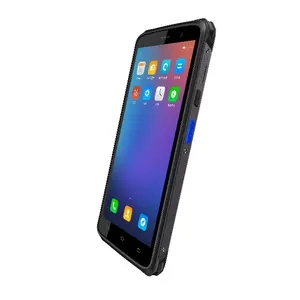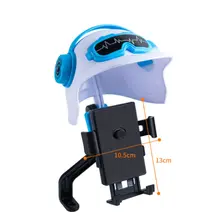Exploring the Versatility of 3G Handphones
The realm of mobile communication is vast, with 3G handphones marking a significant presence. These devices cater to a segment of users who require reliable connectivity without the need for the latest network technology. Understanding the various facets of 3G mobile phones can help buyers make informed decisions tailored to their communication needs.
Types and Performance
3G handphones come in diverse forms, ranging from basic models suited for straightforward calling and texting to more advanced smartphones that allow for a variety of applications. Performance-wise, users can select from octa-core, quad-core, or dual-core processors, balancing between efficiency and power based on their usage requirements.
Design and Usability Features
The design of 3G handphones is as varied as their functionality. Options include models with dual sim card capabilities, allowing users to manage two numbers simultaneously. For those who prefer tactile typing, options with a qwerty keyboard are available. Additionally, some models offer gesture control, enhancing the user experience with intuitive interactions.
Display and Memory Options
Display sizes among 3G handphones can affect the device's portability and screen readability. Choices range from compact 5.5-inch screens to more expansive 6.7 or 6.8-inch displays. Memory configurations also vary, with handphones offering 2GB to 8GB of RAM, catering to different user needs from basic operation to more demanding multitasking.
Advantages of 3G Technology
Despite the advent of 4G and 5G technologies, 3G handphones still hold value for certain users. They provide sufficient speed for browsing, social media, and streaming audio, which can be advantageous for those in areas with limited next-gen network coverage or for users with moderate internet needs.
Choosing the Right 3G Handphone
Selecting the right 3G handphone involves considering the device's processor, design, display size, and memory capacity. By assessing these aspects, buyers can find a handphone that aligns with their communication requirements and preferences.












































 浙公网安备 33010002000092号
浙公网安备 33010002000092号 浙B2-20120091-4
浙B2-20120091-4